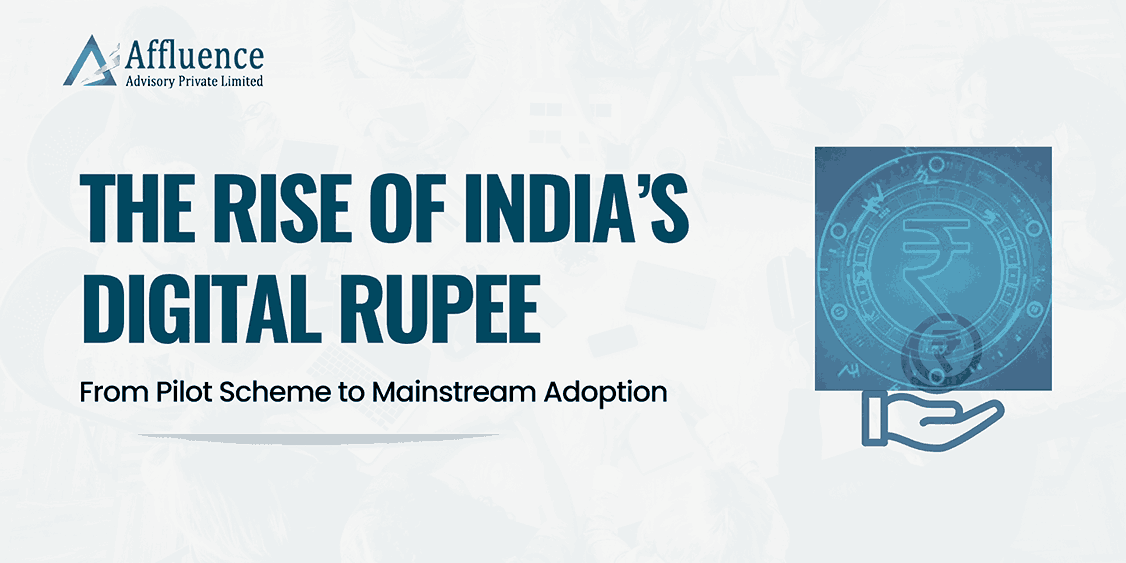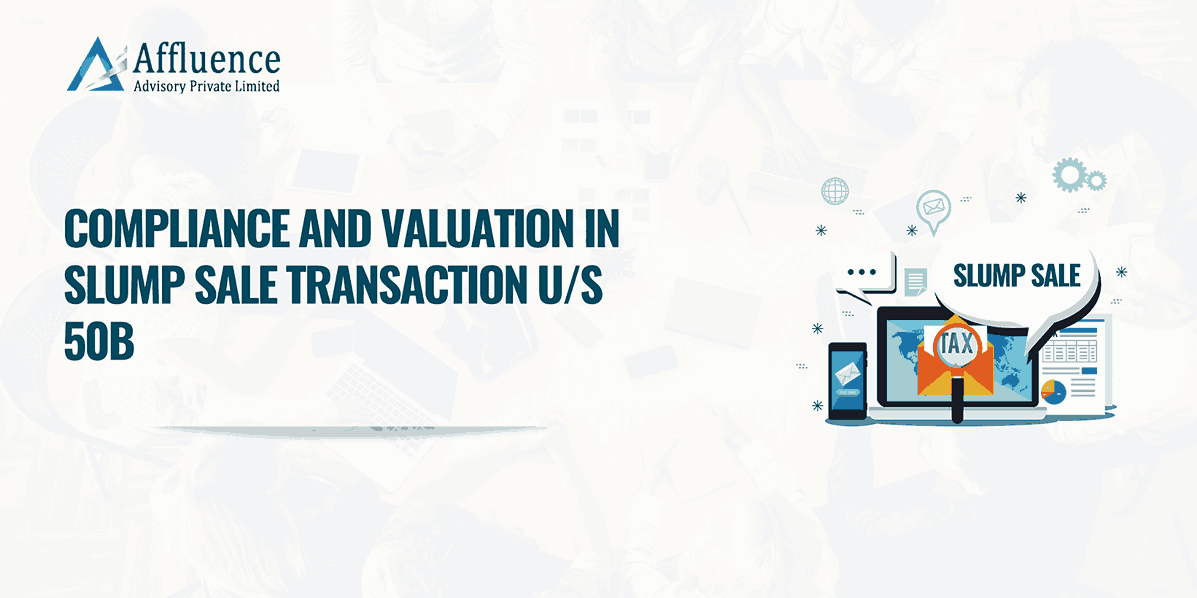Author: Ankit Baid, Research Analyst at Affluence Advisory
Over the past year, India’s central bank digital currency (CBDC), commonly referred to as the “e-Rupee,” has quietly shifted from a technical experiment into a payments channel with real momentum. While traditional digital payments like UPI and digital wallets remain dominant, the e-Rupee offers a new paradigm: a programmable, offline-capable digital cash issued directly by the Reserve Bank of India (RBI). Here’s a look at how it came to be, what sets it apart, and where it might take us next.
From Concept to Pilot: A Timeline of Key Milestones
- December 2022: The RBI announces plans to explore a retail CBDC, citing the need for a sovereign digital currency that coexists alongside physical cash and UPI-style transfers.
- December 2023: The pilot launches in select regions, involving 15 banks and both individual consumers and merchant participants.
- March 2025: Transaction volumes approach half a million e-Rupee transactions per month, with over 6 million users across pilot banks and a cumulative circulation exceeding ₹1,000 crore.
This rapid uptake reflects both the maturity of India’s digital payments infrastructure and the appeal of a risk-free, RBI-backed token that does not rely on intermediaries for settlement guarantees.
Also Read: Smarter Audits: How AI is Transforming Cost Efficiency Detection
What Exactly Is the e-Rupee?
At its core, the e-Rupee is a digital representation of the Indian rupee, created and maintained on a secure, distributed-ledger platform. Unlike cryptocurrencies such as Bitcoin, it carries legal tender status and is backed one-for-one by the RBI. Key characteristics include:
- Direct Issuance: Users download an e-Rupee wallet app and complete standard KYC checks through their bank. Once onboarded, they can load tokens directly, without maintaining a minimum balance.
- Offline Capability: Transactions can be executed even when users lack internet or mobile connectivity. Payments sync with the network once connectivity is restored—a boon for rural or connectivity-challenged areas.
- Programmability: Smart-contract-like features allow the RBI or government agencies to embed conditions into the tokens themselves—such as expiry dates, designated usage windows, or merchant-specific spending controls.
In practice, the e-Rupee behaves much like cash: you tap, scan, or transfer, and the value moves instantly, 24/7, without settlement delays or intermediary fees.
How It Differs from UPI and Crypto
While UPI revolutionized peer-to-peer and merchant payments in India, it remains a bank-to-bank transfer system. The e-Rupee, by contrast, is a digital cash token. When you pay another person or merchant, the token itself moves, rather than debiting and crediting bank accounts via a clearing network.
Cryptocurrencies share the notion of tokenized value but lack state backing and legal tender status. They also typically require active internet connectivity and often involve transaction fees to incentivize network validators. The e-Rupee eliminates these concerns by offering a zero-fee, government-issued coin that works offline.
Privacy and Security Considerations
The RBI has emphasized that the e-Rupee is designed to mirror the privacy of physical cash in day-to-day use. While full anonymity akin to handing over a banknote is not feasible—digital records of wallet balances exist—the system can limit data capture. For example, small-value transactions can be settled without creating extensive audit trails, whereas larger transfers would still link to user identities to deter illicit activities.
Security is ensured through strong cryptographic protocols and regulated entity participation. Participating banks act as on-ramps for KYC and customer support, while the RBI maintains the core ledger and monetary integrity.
Programmability
The Digital Rupee has begun demonstrating practical utility across several use cases, largely driven by its “programmability” feature.
- Targeted Subsidy Distribution: One of the most promising applications lies in how government benefits—such as subsidies or employee reimbursements—can be directly disbursed using programmable e₹ tokens. These tokens can be restricted for use only at approved merchants or for specific purposes, ensuring the funds are not misused.
- Education & Welfare Kits: The Digital Rupee can be programmed to work only at designated outlets or within a fixed time frame. For instance, e₹ can be issued for purchasing school kits, with expiry dates embedded to ensure timely usage.
- Merchant Transactions in Remote Areas: Retail merchants in areas with poor connectivity can still accept e₹ through QR code payments, thanks to the offline functionality being tested. This opens up digital payments even in places where traditional UPI or banking networks face limitations.
The ability to “program” tokens makes the e-Rupee an attractive tool for targeted social schemes, where conditionality and auditability are crucial.
Looking Ahead: From Pilot to Nationwide Rollout
The RBI has indicated that, following the success of its pilot, it plans to expand e-Rupee availability to more banks, fintech platforms, and use-case pilots—including cross-border transactions. By partnering with private players like Cred and MobiKwik, it aims to integrate programmable merchant payments and PIN-less user experiences.
Longer term, the e-Rupee could reshape how India handles everything from government transfers to micro-credit. Reduced reliance on paper currency will lower printing and logistics costs, while programmable features could unlock novel financial products tailored to specific communities.
Conclusion India’s e-Rupee represents a bold step toward a cash-plus-digital economy, blending the ubiquity and privacy of face-to-face payments with the efficiency and traceability of digital ledgers. As it moves beyond the pilot phase, its programmable nature and offline functionality could drive innovative public-sector applications and bring millions more Indians into the formal digital payments fold.
Disclaimer: This article provides general information existing at the time of preparation and we take no responsibility to update it with the subsequent changes in the law. The article is intended as a news update and Affluence Advisory neither assumes nor accepts any responsibility for any loss arising to any person acting or refraining from acting as a result of any material contained in this article. It is recommended that professional advice be taken based on specific facts and circumstances. This article does not substitute the need to refer to the original pronouncement.








